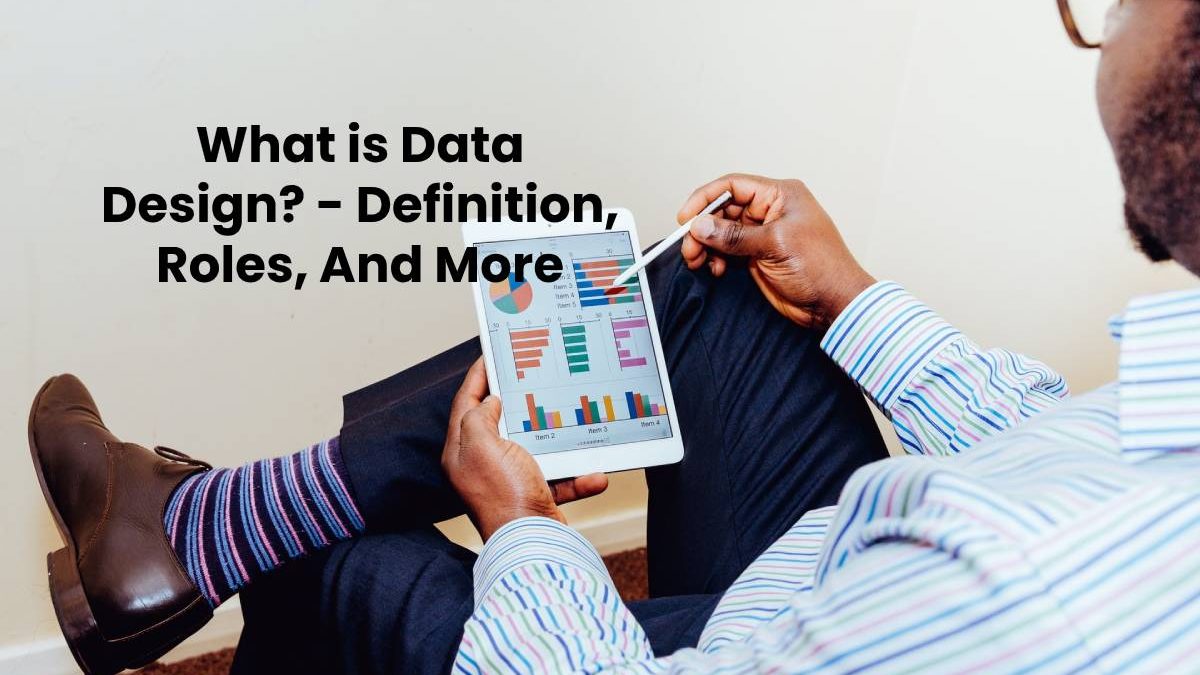Table of Contents
Definition Data Design
We live in a digitized world in which vast amounts of data get produced every day. But what does this data mean? What do they say, and how can they be used in a solution-oriented manner? Those who have access to data can visually contextualize it and ask the right questions to help shape our future. It requires people who reflect critically and are curious.
Our living space and the way we live, communicate, and act together are continually changing. Data and also its visualization provide an essential basis for representing and understanding these phenomena. Whether in cultural coexistence, in education and health care, in business or research – new questions and fields of action arise for which visualizations or spatial models of data are an essential prerequisite for discussion. We can depict the interaction between society, business, and also science and make tangible with innovative forms of research and presentation of information.
Also read: What is Data Scientist? – Definition, Differences, Qualities And More
What is the role of the data designer?
The role of the data designer is to unravel the data network and to create clear visual information. The data artist, however, draws inspiration from real data and experiments with new forms of representation. The combination of data design and data art creates inspiring and involving forms of visual information and spatial interaction.
Data design
Firstly, data designers deal critically with observation and analytics with a wide variety of data phenomena. They understand how to interpret them, structure them visually, and communicate on paper, virtually, or in space. In this way, they help shape social, entrepreneurial, and political decision-making processes.
Data Art
Secondly, data artists are experimenting with future-oriented analog and digital forms of representation and communication of data-based information. They use the diversity and complexity of large amounts of data to use physical and virtual spaces. In it, they stage visual-auditory through to haptic data worlds and make them tangible with all senses.
Data telling
Narratively visualized information shows correlations and conveys knowledge sustainably. The viewer deals intensively with the content presented. The artifact is said to “appeal to the senses without tiring the mind” (based on Alexander von Humboldt, 1811). Data telling means communicating information contextually and excitingly and making it emotionally tangible.
Also read: What is Data Analytics? – Definition, Procedure, And More

